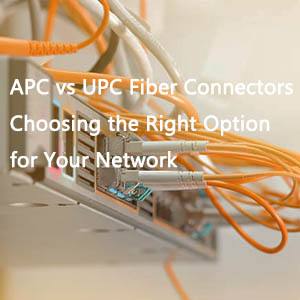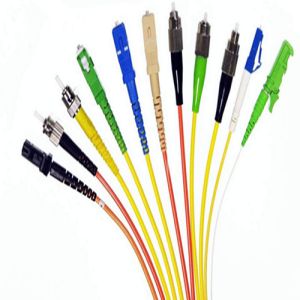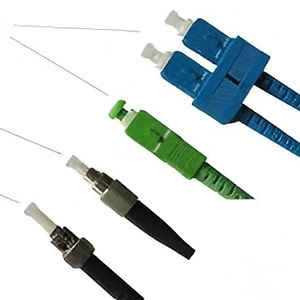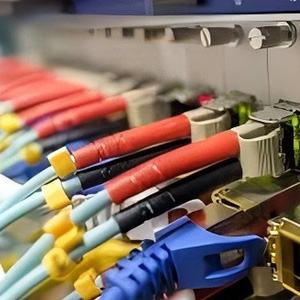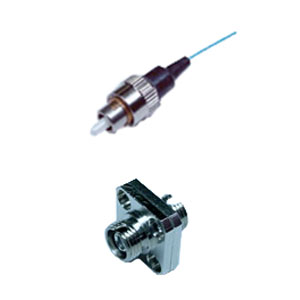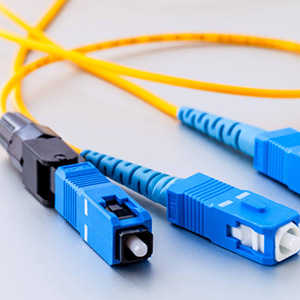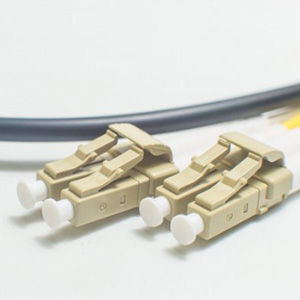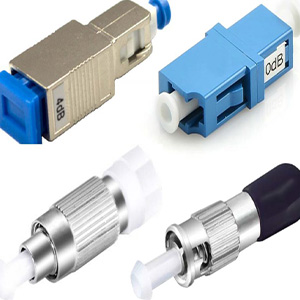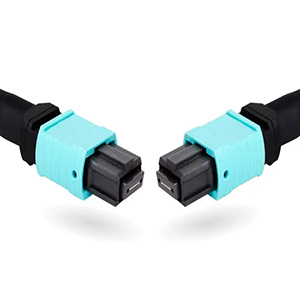Fiber optic adapters are the linchpin of optical communication, ensuring the seamless and efficient transmission of light signals with minimal loss. They are integral for connecting fiber optic patch cords to each other or to devices, and maintaining the integrity of the light transmission is paramount.
What is a Fiber Optic Adapter?
Fiber optic adapters, also known as fiber optic couplers or flanges, are fundamental components in fiber optic communications. Predominantly utilized in telecommunication, cable TV, and regional networks, their primary role is to facilitate precise alignment and low-loss connection between identical or disparate fiber optic connectors.
Common Types of Fiber Optic Adapters
Understanding the variety of fiber optic adapters is crucial for selecting the right one for your needs:
- LC Fiber Optic Adapter: Characterized by its compact, square-shaped connector, the LC adapter is available in both single-mode and multi-mode varieties, with types such as LC-LC, LC-FC, and LC-SC.
- FC Fiber Optic Adapter: Sporting a round connector, this adapter is renowned for its metal shell and ceramic sleeve, providing a stable and reliable connection for FC fiber optic jumpers or connectors.
- SC Fiber Adapter: With its large square head, the SC adapter is distinguished by its high compressive strength and minimal insertion loss fluctuations, making it ideal for high-density installations.
- Bare Fiber Adapters: These unique adapters allow direct connection of bare fiber cables to optical devices, offering versatility in installation and use.
Factors to Consider When Choosing a Fiber Adapter
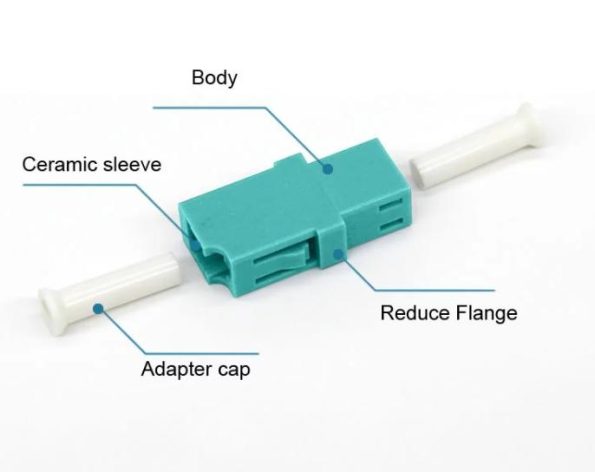
Selecting the appropriate fiber adapter requires consideration of the following key factors:
- Connector and Cable Type: The choice of adapter hinges on the type of connecting cable and connector. For single-mode fibers, select a single-mode adapter, and for multi-mode fibers, choose a multi-mode adapter accordingly.
- Material of the Alignment Sleeve: Adapters with ceramic alignment sleeves are preferred due to their hardness and resistance to deformation over time, ensuring rapid and precise fiber end face connections.
Cleaning Methods for Fiber Optic Adapters
Proper maintenance is essential for the longevity and performance of fiber optic adapters:
- Dry Cleaning Method
- Step 1: Insert a dry cleaning stick into the adapter.
- Step 2: Rotate the stick to clean the interior.
- Step 3: Withdraw the stick and inspect the connector end face for contamination.
- Wet Cleaning Method
- Step 1: Dip the cleaning stick into fiber optic cleaning fluid.
- Step 2: Insert the wet cleaning stick into the adapter and rotate to clean.
- Step 3: Use a dry cotton swab to finish cleaning the connector and check for contamination.
Conclusion
Fiber alignment is crucial in fiber optic communications; improper alignment can lead to significant signal loss and system failure. Even the smallest components in a fiber optic system play a vital role in ensuring its overall performance and reliability.
For those seeking high-quality fiber optic adapters, FiberLife offers a range of options with the advantages of low insertion loss, excellent interchangeability and repeatability, and resistance to temperature extremes and corrosive environments, making them an ideal choice for your fiber optic link connections.



